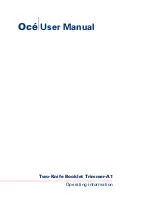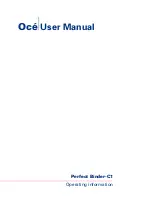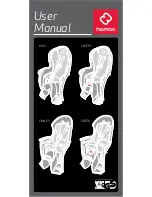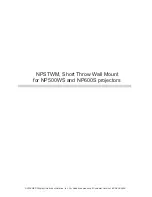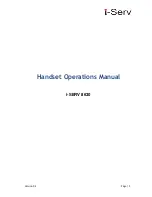
T A L K S W I T C H C O N F I G U R A T I O N
66
Entering the call cascade
First, a call enters the extension’s call cascade. This occurs when:
•
The caller dials the extension.
•
The caller selects an auto attendant option that transfers the call to the extension.
•
The caller leaves a message in a voice mailbox or listens to an announcement, and then
presses the
0
option (
9
in some regions) to route the call to an extension.
•
A user manually transfers the call to the extension.
Being routed by the call cascade
Second, the call cascade routes the call. It can try up to three routing alternatives. If the
extension is not available, the call cascade tries the first alternative. If that is not available, it
tries the second. If the second alternative is not available, it goes to the third. To route the call,
the call cascade can:
•
Attempt to transfer the call to a local extension, remote extension or ring group. Note that
the other extension’s call cascade is ignored.
•
Attempt to transfer the call to a VoIP number within the TalkSwitch VoIP network.
•
Transfer the call to a voice mailbox, allowing the caller to leave a message. The call can be
transferred to a local extension, remote extension or general voice mailbox. The system
hangs up after the caller leaves a message.
•
Play an announcement. The system hangs up after playing the announcement.
•
Route the call to an auto attendant.
•
Transfer the call to the call queue if the local extension or ring group is busy. The call is
placed on hold. The TalkSwitch system will ring the local extension when it
becomes available.
•
Play a call waiting tone on the user’s phone if the extension is busy.
•
Play a busy tone on the caller’s phone if the extension is busy.
•
Keep ringing the extension.
•
Hang up.
Exiting the call cascade
Third, the call exits the call cascade. This occurs when:
•
A user answers the call, or accepts it as a screened transfer.
•
The call cascade transfers the call to a voice mailbox or announcement, and the caller
presses the
0
option (
9
in some regions) to route the call to an extension, voice mailbox,
announcement or auto attendant.
•
The call cascade routes the call to an auto attendant.
•
The call cascade transfers the call to the call queue of a local extension or ring group.
































